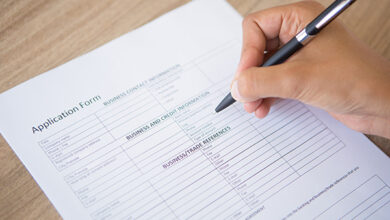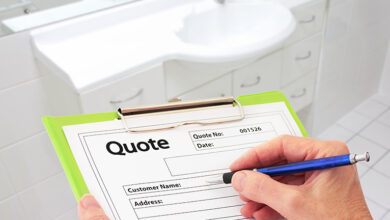Coronavirus: Staying safe whilst working on a construction site
Last updated: 21st December 2020
Also see our:
- Advice on working safely in someone’s home
- FAQs about coronavirus and using Rated People
- Information on government support for trade businesses
On the 10th May, Boris Johnson advised that tradespeople should return to work. Since then, the government has produced more detailed guidance for tradespeople working in people’s homes and onsite. The government has also confirmed that all construction and other outdoor work can take place under all local restriction tiers in place in England from 2nd December 2020, as long as it is COVID-Secure.
You might be wondering whether it’s safe for you to return to work or have a few safety concerns if you’re already back working. To help, we’ve summarised the latest government guidance for working safely in construction and outdoor work below. Visit Gov.uk for the full government advice PDF.
Note: This guidance applies to construction sites in England. Find guidance for construction sectors in other areas of the UK on the respective government websites:
Should I go back to work onsite during the coronavirus pandemic?
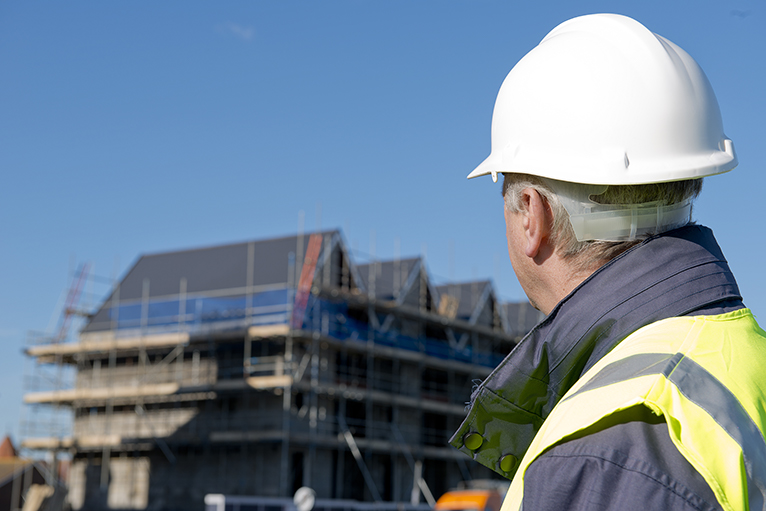
You should go to work if you can’t work from home, and avoid public transport to travel if possible. The exceptions are if you or someone you live with is ill with coronavirus symptoms, or you’re classed as ‘clinically extremely vulnerable’.
- No work should be carried out if you or someone in your own household has coronavirus symptoms.
- If you’re classed as ‘clinically extremely vulnerable’, it’s strongly advised that you don’t return to work onsite. If you’re ‘clinically vulnerable’, you should take extra care with social distancing. You should also be offered the safest available onsite roles where you can stay 2 metres away from others. You and your employer should assess whether the risk is acceptable, if this isn’t possible.
The government has confirmed that there is no limit to the group size when you are meeting or gathering for work. But, workplaces should be set up to meet the COVID-secure guidelines. Follow the government’s guidance on how to return to work safely.
Is it safe to work on a construction site? What should my employer be doing to reduce my risk of coronavirus?
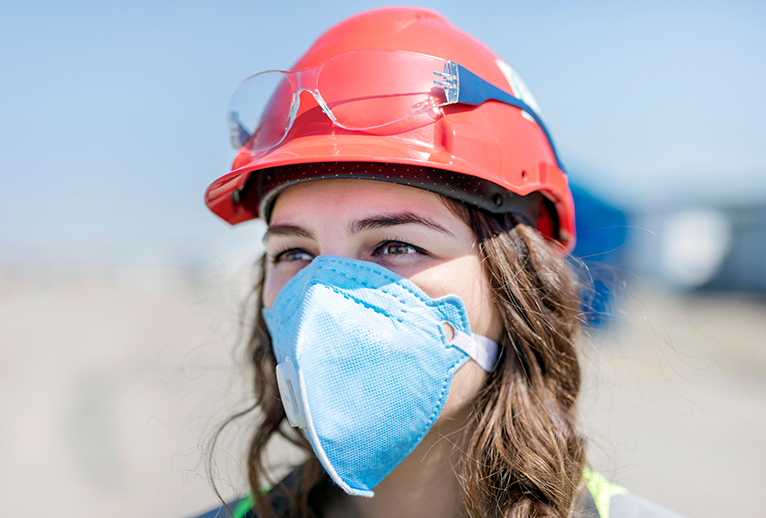
Businesses should carry out a risk assessment and work through steps to make sure they’re managing the risk of coronavirus (or COVID-19). For larger businesses with 5 or more people, employers need to consult with the health and safety representative selected by a recognised trade union. If there isn’t one, then they should speak to a representative chosen by you and other workers. Once the risk assessment has been done, they should display the government’s certificate on the company website and share it with you and any clients.
Social distancing and good hygiene practices are really important for managing the risk of coronavirus.
Coronavirus safety steps that should be followed:
- Hygiene: Make sure hands are washed and surfaces are cleaned frequently.
- Make every reasonable effort to enable working from home as a first option, for example for support staff.
- Look at reducing the number of people each person has contact with by using ‘fixed teams or partnering’. If people need to work face-to-face for a sustained period with more than a small group of fixed partners, then employers should assess whether the activity can go ahead safely.
Social distancing advice
- Working from home isn’t always possible, as is the case with many onsite workers. In these cases, businesses should make every reasonable effort to comply with social distancing guidelines and keep people 2 metres apart.
- Where social distancing guidelines can’t be followed in full, businesses should consider whether that activity needs to continue for the business to operate. If it does, businesses should take actions to reduce the risk of transmission. That means making sure it’s completed as quickly as possible, increasing the frequency of hand washing and surface cleaning, using screens or barriers to separate people and using back-to-back or side-to-side working instead of face-to-face.
- It’s worth saying that social distancing applies to all parts of a business, not just the place where people may spend most of their time. So, the 2 metre rule should be followed by entrances and exits and in break rooms and canteens too. Your business should look at staggering arrival and leaving times, and break times if it would help with social distancing. They can also look at ways to help you follow social distancing, like using one-way systems and putting ground markings on floors.
The good news for your employer is that building sites can now apply to their local planning authorities to extend working hours up to 9pm on Monday to Saturday in residential areas. The idea is that it’ll help to fit in those staggered work times without impacting on the amount of work that you can all get done.
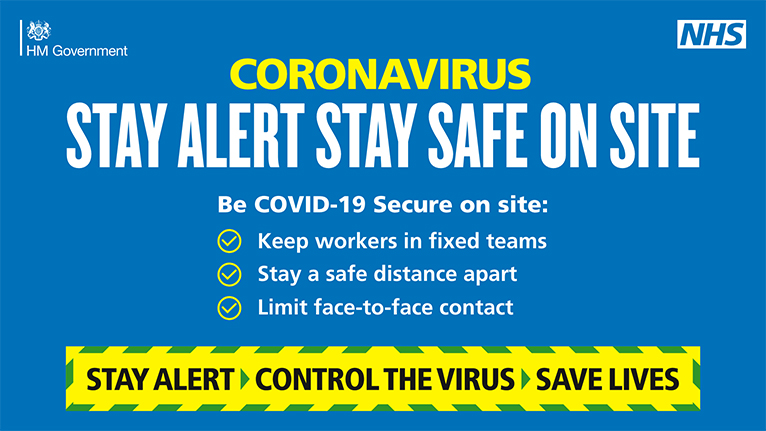
What should I do if I don’t feel safe at work?
Nobody should feel forced to work in an unsafe environment. If you think there’s more your employer could do to keep you safe, speak to them directly first. Or, chat to your health and safety representative onsite if you have one. Tell them what needs to happen for you to feel safe at work.
If you’re still concerned after that, get in touch with the Health and Safety Executive, HSE. You can make an enquiry if you want to clarify the guidelines. Or, you can report a health and safety issue.
The government has recently introduced a Safe Working Charter together with the Home Builders Federation. It aims to help construction sites reopen in a way that’s in line with health guidance. Companies can sign up to the Charter and commit to developing safe working practices. There’s no obligation to sign up. But, if your company has already signed up to it, it’s a clear sign that they’re committed to making sure work can go ahead safely.
Note: The government has confirmed that there is no limit to the group size when you are meeting or gathering for work. But, workplaces should be set up to meet the COVID-secure guidelines – follow the government’s guidance on how to return to work safely.
Note: Countries may approach the different phases of lockdown differently. This guidance is in line with the UK government’s advice and is being followed in England. See the specific government websites for any differences.
Note: You must follow the restrictions for your local area. Find out the local restriction tiers for each area in England on Gov.uk. You can also view the UK government guidelines on Gov.uk.
